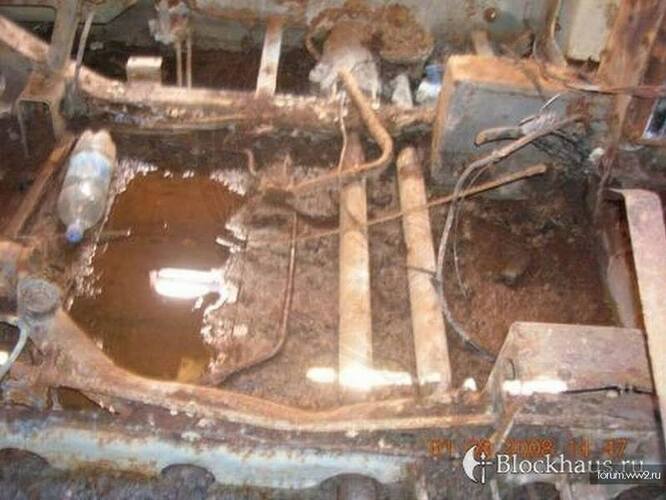Search for HMS Saracen to begin
A state-of-the-art French research ship will on Monday begin a search for the HMS Saracen, one of the most famous submarines of the Second World War.
By Peter Allen, Paris
3:23PM GMT 17 Feb 2013
The £8.5 million André Malraux, which only came into service last year, will set off from Marseille to try and find the wreck of the S-class submarine scuttled 70 years ago.
Terry Hodgkinson, a British author who has written extensively about HMS Saracen, said the team, from France’s underwater archaeological unit (DRASSM) “intend to locate her first by side-scan sonar, and then send down a robotic camera to both film and photograph her.”
“A copy of the resulting pictures and film will be sent to the Royal Navy Submarine Museum in Gosport for their archives. Some will also be sent to the family members of HMS Saracen’s crew,” Mr Hodgkinson added.
HMS Saracen was scuttled close to Bastia on Saturday August 14 1943 after being severely damaged by depth charges from the Italian corvettes Minerva and Euterpe.
Lt Michael Lumby, captain of the Saracen, deliberately waited a day because he did not want to sink his boat on the ‘unlucky’ Friday 13.
This meant his entire crew staying underwater until 2am on the Saturday before he ordered his chief engineer to open the vents with the submarine’s engines still running.
Earlier in the war, she had sunk the German submarine U-335 with almost all its crew on its first patrol southeast of the Faroe Islands.
Saracen then became notorious in the Mediterranean, launching regular torpedo attacks on Italian and German shipping, as well as on enemy ports.
Just before her scuttling, she landed agents from MI6 on Corsica whose aim was to spy on the Axis forces on the island.
Two Saracen crew drowned as they escaped the ship, meaning it is now an official war grave. Others were captured but then released when Italy capitulated later in the war.
Lt Lumby himself was sent to a German POW camp but after the war became commander of HMS Belfast, which is now a floating museum in London.
There are believed to be just two survivors of the 48 officers and men who served aboard Saracen, and there is a marble plaque in the citadel in Bastia with the ship’s badge honouring them.
There is also a granite monument on the beach at Cupabia, Corsica, marking the spot where the secret agents landed.
If the team DRASSM intends to spend most of this week searching for the Saracen. If it locates the wreck a bronze badge will be lowered on to her.
The back of the badge reads: “In memory of HMS Saracen and her Crew who played a vital role in the Liberation of Corsica. Sank 14th August 1943.”








